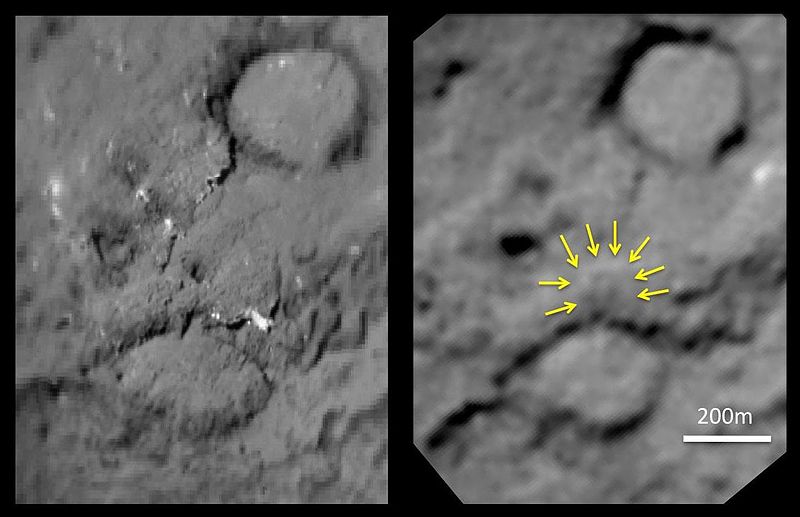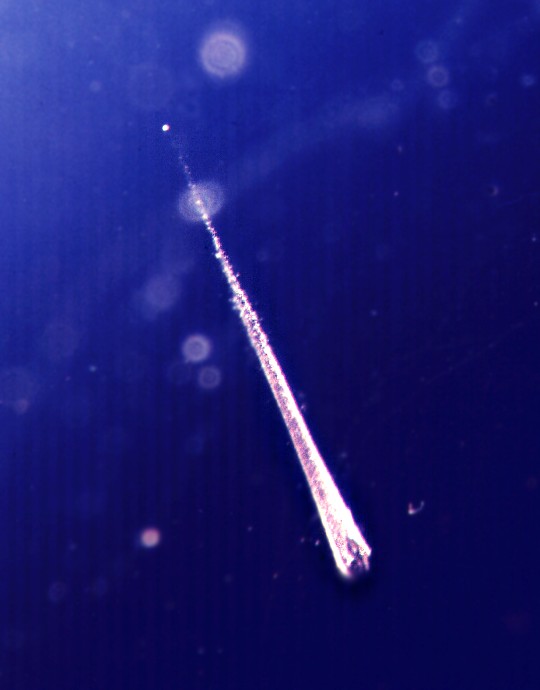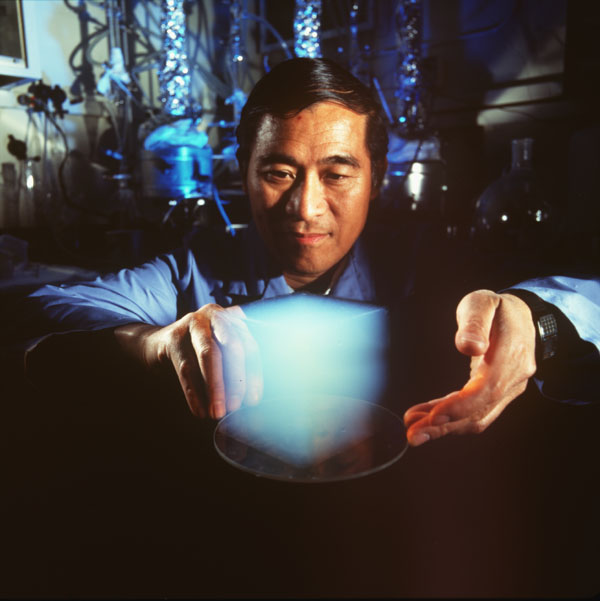Added 1 new A* page:Exotic grains from cosmos identified (BBC) is a several-weeks-old article about the little bitty micrometeoroid grains of material sent back to Earth by NASA's Stardust probe in 2006—half of Stardust's "Interstellar Dust Collector" of aerogel tiles (the "lightest manmade solid"; "a silicon-based material that is more than 99% empty space") has been analyzed, and scientists reported that, out of maybe a million microscopic specks of dust found embedded in this section of tiles and surrounding foil from the tennis-racquet-sized collector, almost all of them came from the spacecraft itself—except for seven, which *may* even be from another star—but they have to test their levels of oxygen isotopes—particles made by our Sun have signature proportions of these isotopes, so if the proportions in one of the bits of dust is different, that would strongly suggest it came from outside our solar system—to confirm that, and doing that "will require several years of hard work to refine the techniques available to measure the abundance of oxygen isotopes in the dust particles without destroying them."
Still, kind of neat to hear about their progress. In addition to collecting all those little bits of dust, you may recall that Stardust flew by two comets (sampling particles from one of them) and an asteroid—the asteroid Tempel 1, which was hit by an impactor from the Deep Impact probe in 2005; Stardust was able to get a grainy photo of the impact site on the asteroid, so we have a before/after comparison showing—barely—a shallow ~150m crater created by the impactor:

image by NASA/JPL-Caltech/University of Maryland/Cornell (source)
And here's a photo of a test particle trapped in aerogel—the particles Stardust collected were mostly less than a micrometer (one millionth of a meter) across, and could be traveling at hypervelocity—5 km/s relative to the spacecraft—but the gel was able to slow them down gently so they didn't vaporize on impact:

image by NASA/JPL-Caltech (source)
Aerogel, a thin slice of which is able to insulate against direct bunsen flames, and support a hefty masonry brick (you can see photos of those stunts at the "source" link below), is pretty weird-looking stuff (seen here with JPL scientist Peter Tsou):

image by NASA/JPL-Caltech (source)
For more on Stardust's mission, you can also go back in time and read the A* forum post I wrote about it way back in 2010 : o.
|
